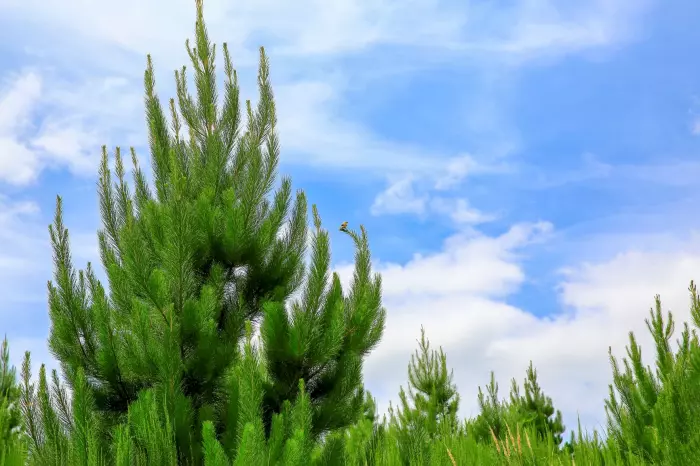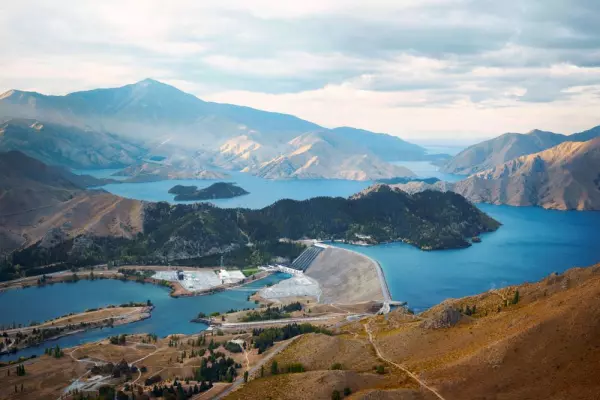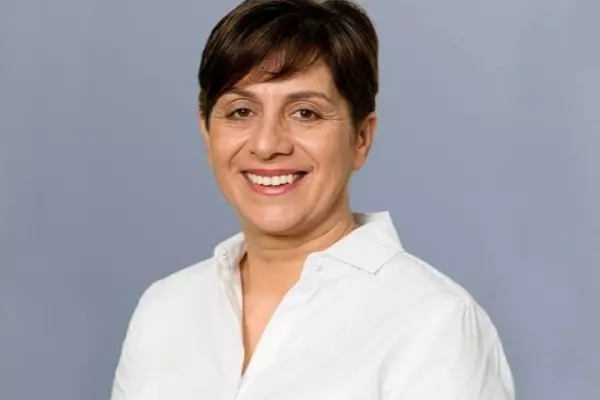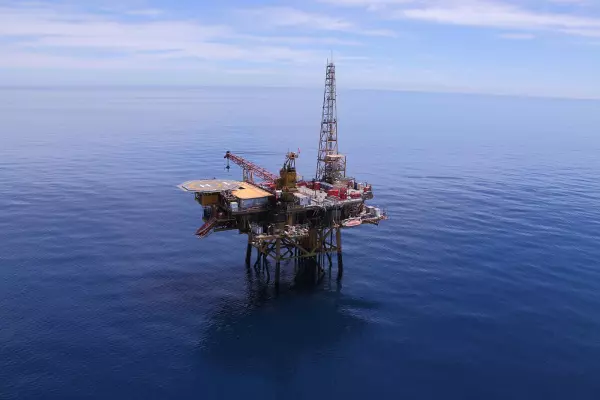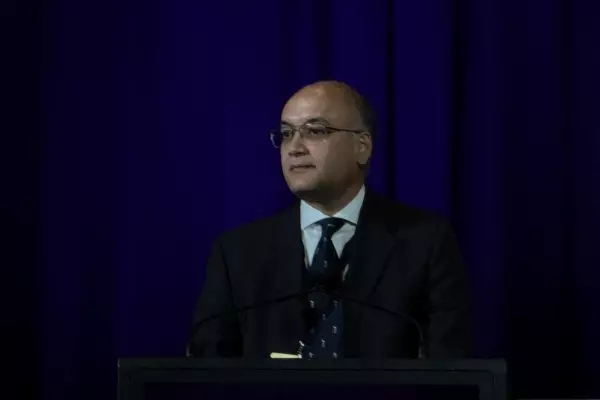Carbon farmers are seeking an initial $15.2 million to buy up to 1,500 hectares of land to plant in pine trees.
The CQuest Forestation and Carbon Investment Fund says it will allow wholesale investors to farm carbon credits as the cost of carbon rises.
Cquest Fund is to be managed by MyFarm, New Zealand’s largest rural land syndicator and Afforestation Partners Management, which over the past three years has established 1,500 hectares of similar carbon-related projects for private investors
MyFarm’s investment manager Con Williams estimates they can make New Zealand Units (NZU) – the carbon tonne measure bought and sold in the Emissions Trading Scheme – for about $20 to $25.
NZUs on the spot market were recently trading around the $65 mark.
The fund then envisages selling those units over the life of the investment at a price ranging between $50 to $60 a tonne. This revenue, combined with the returns from forestry, is projected to generate an internal rate of return of 6% to 9% per annum.
Of course, this could change if carbon prices rise or fall.
Williams said initial testing of the market showed strong interest with investors who wanted exposure to the carbon market with the bonus of it being backed up by forestry and land ownership.
Carbon brings cash flow
There was more confidence about investing in carbon with several changes to the Emissions Trading Scheme (ETS) and the treatment of forestry within it settling down.
Williams said with the allocation of NZUs now averaged out, it allows for some cash flow over the life of the forest while allowing for rotation and replanting.
The $25 cost of making an NZU includes the cost of land, planting and maintenance. It does not include the value of the harvested timber.
Williams said in contrast to forestry investments of the past, which typically generated little cash flow until the forest was harvested, the Cquest Fund is projected to produce positive cashflows much earlier- thanks to the carbon credit revenue.
“We project that investors will have earned their capital back potentially within 14-16 years and much faster if carbon prices increase. And at that point, The CQuest Fund investors will then still own the property and benefit from any returns derived from the sale of trees."
This income and the value of the land itself gives investors more confidence as it gives some insurance in a market where the rules are set by the government.
This uncertainty about the possibility of politicians changing the rules of the game quickly has in the past made investment based upon carbon prices a calculated risk.
For instance, until quite recently both the Green Party and New Zealand First were opposed to the ETS for very different reasons and wanted it scrapped. National also loosened the ETS settings when in office, while this government has now moved to cap the scheme and to push prices up.
Another potential wild card is if the government were to allow international carbon credits to be used by polluters, however, the rules currently do not envisage this happening in the near to medium term.
Williams said there is a sense now that the ETS is more settled and table, which brings greater investor confidence.
There is no investment without some risk and the point of pricing carbon is to eventually make it worthless. In theory, if climate change policy is successful those creating emissions will reduce or eliminate them. Once this happens NZUs will reduce in value and eventually hit zero, However, even the most optimistic observers do not think this is going to happen very quickly with even the 2050 target for “zero carbon” looking challenging.
Land use change
There has been some opposition to carbon farming as some fear it is, or will, result in productive land being used for pine plantation forestry. The Climate Change Commission has also warned that forestry offsets are not the long term solution and only reductions in emissions will make a difference in the long run.
Others have warned about the need to make sure vast swathes of the country are not covered in pine trees. However, the market and policy settings are currently in favour of forestry, especially on marginal farmland.
Williams said the country has always had land-use change and always will have.
“It is a matter of the right trees for the right places,” he said.
The investment will involve subdivision with flat and productive land still used for farming with the rest turned into plantation forests.
It will initially invest in a 465 hectare former sheep and beef property in the Tararua district and will add to the portfolio as suitable land is found, with two properties already lined up.
Williams said over the past year since they began working on the project land prices have been increasing, with the cost per hectare of land of interest rising from about $6,000 to $7,000 up to $10,000 to $12,000.
CQuest Fund envisages sequestering around 480 tonnes of carbon per hectare with the initial property expected to be planted in 2022 into around 356 effective hectares for forestry.
The homestead, support buildings and around 30 ha of flat land are to be subdivided and sold, possibly to a neighbouring farmer. The residual area is a mixture of native bush, plant setbacks and areas unsuitable for forest establishment.
The carbon returns will be supplemented by the sale of wood once the trees reach maturity, or if sold post the carbon earning period. If held through to harvest there is an obligation to replant the forest once harvested.
Higher carbon prices means higher profits
MyFarm chief executive Andrew Watters said revenue from the sale of the wood represents around a quarter of the base case projected return over the circa 25-year life of the investment, and substantially less than that should carbon prices rise.
“Our base case is to sell units over the life of the investment at a price ranging between $50 to $60 a tonne. This revenue, combined with the returns from forestry, is projected to generate an internal rate of return (IRR) on the fund of 6% to 9% per annum.
“However, our sensitivity analysis shows that every $10 per tonne increase in carbon above the base case will add a further two percentage points to IRR and much more to distributions through the carbon earning period.”
Williams said forecasts about the future of forestry investment are even more difficult than the carbon market with cyclical demand and supply driving big changes in profitability.
“The sector is also experiencing a period of solid returns fuelled by a combination of steady Chinese demand, further restrictions in export markets on the harvesting of native forests, a domestic building boom, and a supportive NZD/USD relative to in-market prices. Many of these trends are looking likely to continue.”
The offer to wholesale investors is for 15.2 million units in CQuest Fund at an issue price of $1/unit. The minimum investment is 50,000 units and thereafter the size of an investment can be increased in multiples of $10,000.
The minimum capital raise is $4m units.


